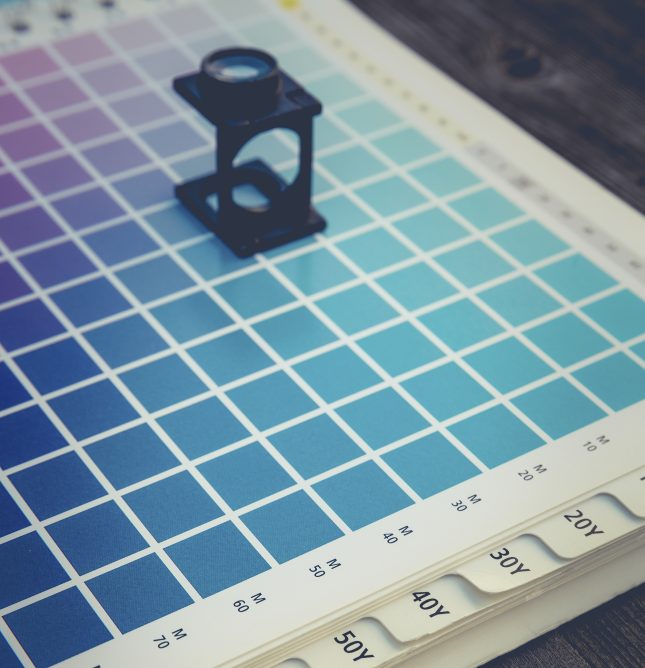Article originally published on January 16, 2017 on Cradle to Cradle Products Innovation Institute
“With a rapidly growing population and finite resources, now more than ever, it is necessary for designers and engineers to design for the circular economy, creating a future where we can live well and within the limits of our planet,” said Lynelle Cameron, Senior Director of Autodesk Sustainability and President and CEO of the Autodesk Foundation.
4th Cradle to Cradle Product Design Challenge Winners Re-Think Everyday Products for Circular Economy
“A prescription medication bottle, pocket knife, luggage and a solar-powered aluminum casting process have been named winners of the fourth Cradle to Cradle Product Design Challenge, the Cradle to Cradle Products Innovation Institute has announced.
This is the fourth in a series of six circular design challenges scheduled to run through early 2018. The challenges are presented by the Institute in collaboration with Autodesk and made possible by Arconic Foundation. 162 designers across 19 countries submitted work for the fourth round of the design challenge, which encourages the design community to envision solutions for the circular economy, powered by Cradle to Cradle product design principles.
The winning entries include luggage, a stainless-steel prescription bottle, a pocket knife made with recycled materials, and a solar furnace:
Best Student Project: REX

Mallory Barrett, student at North Carolina State University, envisions an innovative solution to medical packaging waste. In the United States alone, an estimated 4 billion prescriptions are filled, and many curbside recycling programs do not accept pill bottles. REX offers reusable, stainless steel medicine containers that do not require adhesive labels, in a circular business model that eliminates the need for the constant reproduction of currently used plastic bottles.
Best Professional Project: Eco-Luggage

Eco-Luggage rethinks the way we carry during travel or displacement, with easily detachable, multi-use components. Designers Taina Campos and Jérémy Godel of Frame Design Studio put design for disassembly at the core of their approach to Eco-Luggage. Because it can be easily disassembled, individual parts can be repaired or replaced as needed – and at the end of use, they can be cycled as biological and technical nutrients.
Best Use of Aluminum: SolarCasting

Developed by Bert Green, Allison Warth, Andrew Fabian and Ashleigh Otto of Solarmill, SolarCasting offers an innovative take on reclaiming and recycling aluminum. Using a solar furnace built from reclaimed parts, SolarCasting uses concentrated sunlight to melt a crucible of reclaimed aluminum which can then be poured into a variety of molds to produce mechanical or aesthetic objects. By combining the one hundred percent carbon-free foundry with lead-free aluminum, SolarCasting creates an unbreakable chain of material reclamation without the need for fossil fuels.
Best Use of Fusion 360: Leave No Trace Leaf Knife
 Ari Elefterin and Matt Callahan of Parsons School of Design, The New School, designed The Leaf Knife as the first product of Leave No Trace, a camping gear company for the circular economy. The duo developed an accompanying Leave No Trace service system that offers uses options for product care and equipment while keeping all technical materials moving through a perpetual cycle of use and reuse. The Leaf Knife’s design represents an effective blend of sculpting, parametric modeling and assembly joints using Autodesk Fusion 360.”
Ari Elefterin and Matt Callahan of Parsons School of Design, The New School, designed The Leaf Knife as the first product of Leave No Trace, a camping gear company for the circular economy. The duo developed an accompanying Leave No Trace service system that offers uses options for product care and equipment while keeping all technical materials moving through a perpetual cycle of use and reuse. The Leaf Knife’s design represents an effective blend of sculpting, parametric modeling and assembly joints using Autodesk Fusion 360.”
Read the full article here.
Article originally published on January 16, 2017 on Cradle to Cradle Products Innovation Institute
Title image courtesy of Unsplash by Markus Spiske. Smaller images courtesy of C2C.org.
